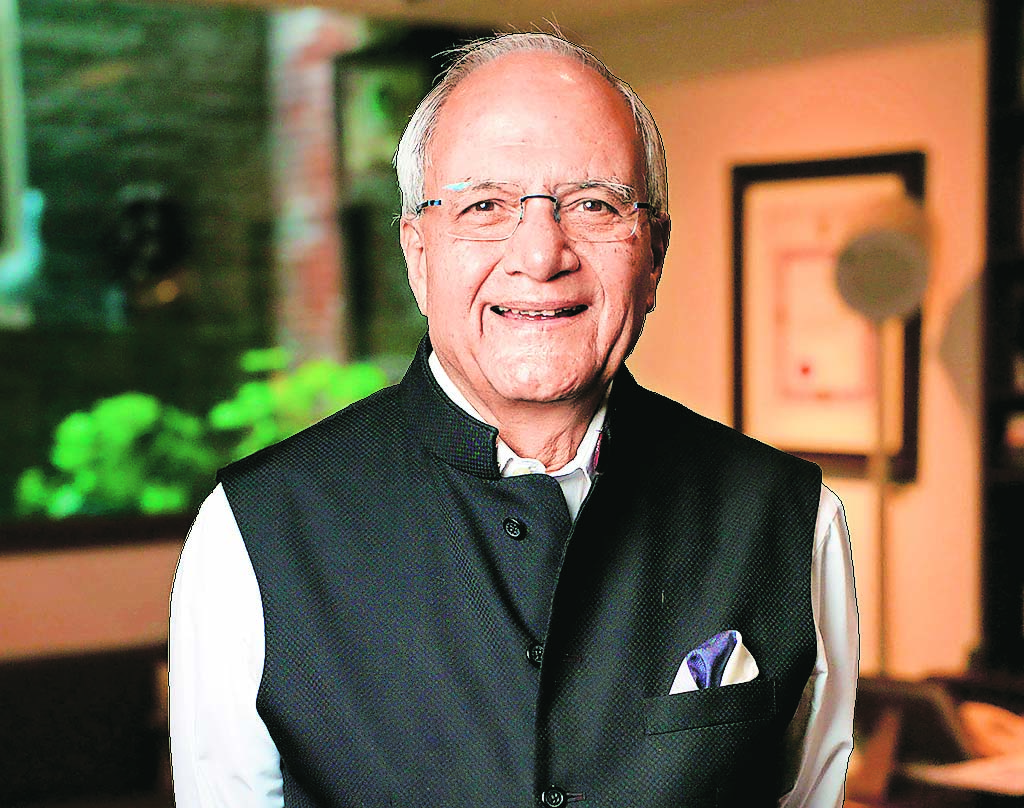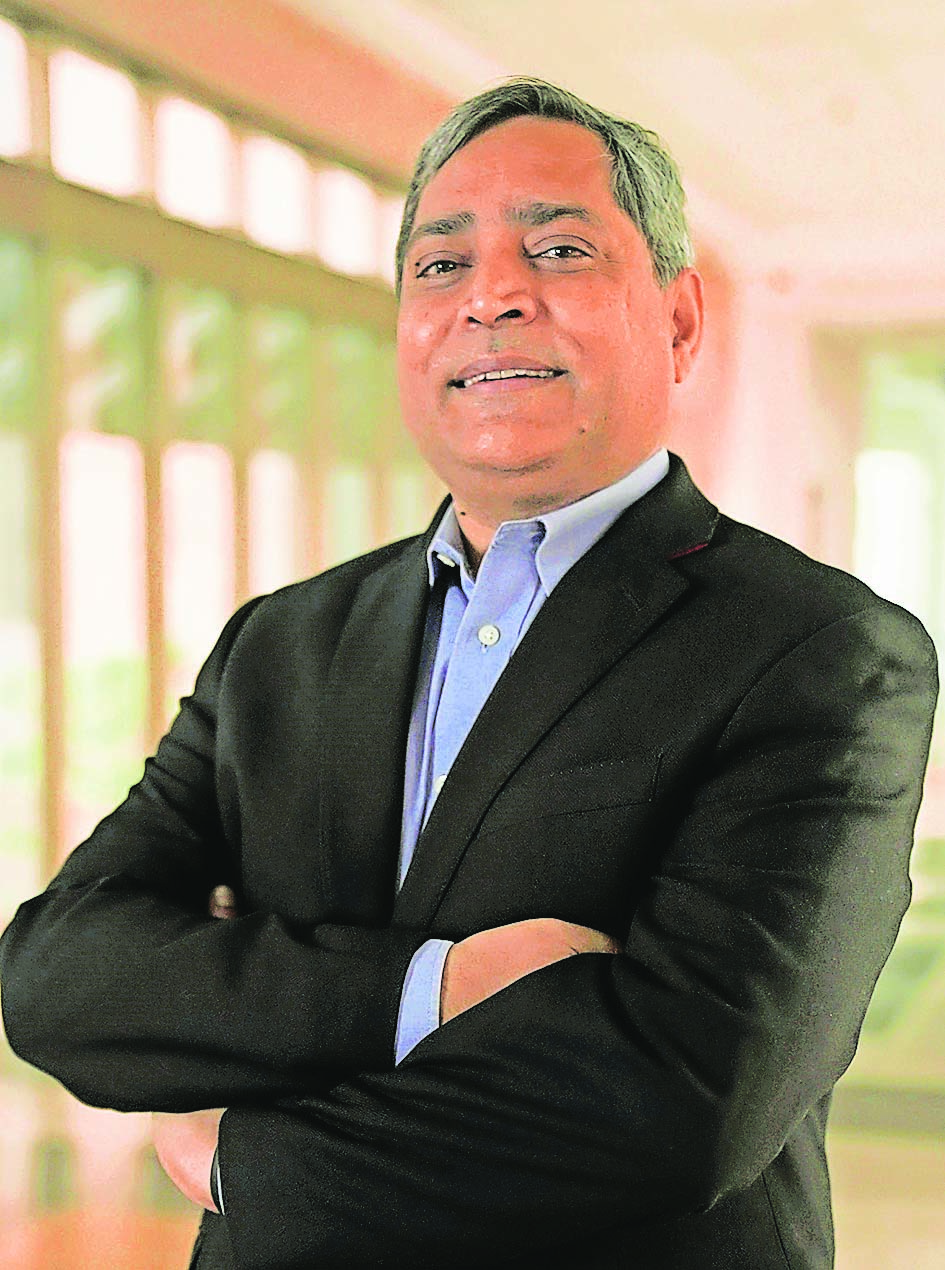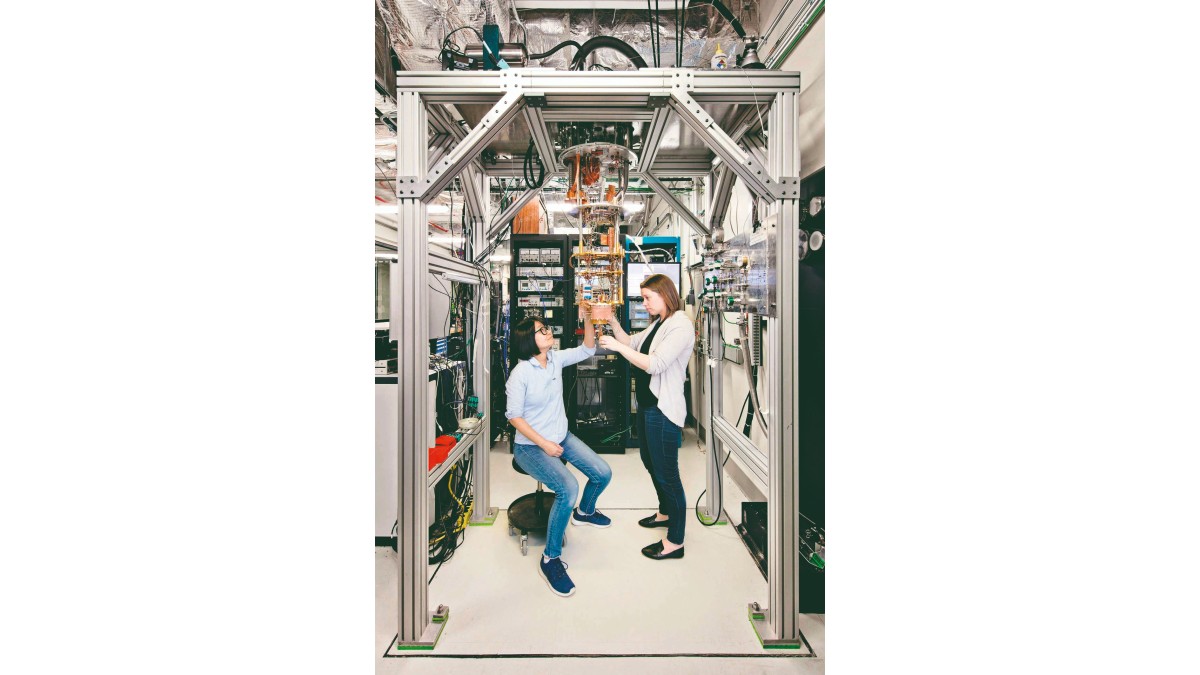he IBM Quantum Starling project represents a significant breakthrough in fault-tolerant quantum computing, paving the way for real-world applications in various fields. Current quantum computers are primarily confined to research and academic use due to their limitations in size, stability, and error correction. Starling’s core innovation lies in its ability to correct errors that naturally occur in quantum computations, enabling more reliable and accurate results. How will Quantum Starling, expected to be operational by 2029, bridge the gap between quantum potential and business reality? How will it address previous limitations and what use cases will emerge? Where does India stand in the global quantum race? Sudhir Chowdhary spoke to industry leaders to decode the quantum maze.
We’re still years from widespread adoption
Ashok Chandak, President, SEMI India and IESA
 Ashok Chandak, President, SEMI India and IESA
Ashok Chandak, President, SEMI India and IESA
IBM’s announcement of its Starling quantum processor marks a major leap in the journey toward real-world quantum computing. Designed to support up to 200 logical qubits and 100 million quantum operations, Starling uses advanced qLDPC error correction, lower error rates, and seamless hybrid integration – making quantum systems more stable, accessible, and business-relevant than ever before.
While we’re still years from widespread adoption, Starling is a foundational enabler. It transitions quantum from fragile theory to practical exploration. This opens up critical applications in drug discovery, financial modeling, logistics optimisation, and material science – areas where classical computing struggles. But Starling does more than improve hardware – it signals a call to action for industries to start piloting, training, and investing in quantum capabilities.
IBM’s breakthrough comes at a time when India is stepping up its own quantum ambitions. The ₹6,000 crore National Quantum Mission is funding deep R&D across quantum computing, communication, and sensing. Institutions like IISc, IIT Madras, and IIT Bombay are leading core research, while companies like TCS, HCLTech, and IBM India are building talent pipelines and quantum pilot programmes. With a strong STEM base and growing policy support, India has the chance to shift from being a service economy to a co-creator in the quantum future.
IBM Starling is not the destination – it’s the runway. Widespread adoption will depend on partnerships, ecosystem readiness, and proving ROI. India has the tools. The question is – are we ready to fly?
Stakeholder engagement will be key to growth
Ajai Chowdhry, Founder, HCL; chairman, EPIC Foundation
 Ajai Chowdhry, Founder, HCL; chairman, EPIC Foundation
Ajai Chowdhry, Founder, HCL; chairman, EPIC Foundation
IBM’s announcement shows a scalable delivery path toward fault-tolerant quantum computing. With modular architectures, advanced quantum error correction, and integration with hybrid classical systems, IBM enables enterprises to begin developing quantum-enhanced workflows today. Its roadmap aligns technological maturity with real-world application readiness in finance, materials, logistics, and more. The focus on logical qubits and reliable operations ensures predictable performance, essential for enterprise adoption.
It is more meaningful to focus on logical qubits and error correction than on raw qubit count. Though there is a correlation, it is necessary to address key barriers to real-world utility, such as reliability. As the hardware matures to fault-tolerant levels by 2029, backward compatibility will allow quick adaptation without re-architecting.
The Starling system is built with key technologies such as novel error correction and modular chip architecture, which are expected to enable the realisation of a practical quantum computer.
India has taken bold strides in developing a quantum computing system through the National Quantum Mission, accelerating progress through R&D and technology validation with startup support. In addition, the mission will establish a dedicated chip fabrication and packaging facility for quantum computers. It is poised to create a quantum ecosystem that spans the full supply chain, from cables to application software.
To leapfrog globally, engagement among stakeholders is essential. The collaboration between IBM, TCS, and L&T is a strong example of how quantum system hardware, algorithms, and application development can converge to enable real-world quantum solutions.
Classical and quantum to work together
Manish Gangwar, Executive director – ISB Institute of Data Science (IIDS)
 Manish Gangwar, Executive director – ISB Institute of Data Science (IIDS)
Manish Gangwar, Executive director – ISB Institute of Data Science (IIDS)
IBM’s unveiling of the Quantum System Two and the Quantum Starling Processor marks a major milestone in the evolution of quantum computing – from theoretical promise to scalable, enterprise-grade technology. This advancement brings us closer to the day when quantum computing can address real-world challenges in areas like drug discovery, logistics, finance, and pharmaceuticals. However, it also puts a spotlight on cybersecurity risks, as quantum systems could eventually break many encryption methods currently used to protect sensitive information.
The quantum era presents an unprecedented opportunity to reimagine how artificial intelligence, data science, and quantum computing work together. Hybrid systems, where classical and quantum architectures operate in tandem, could tackle complex optimisation problems, simulate molecular interactions for drug discovery, and model financial systems with far greater precision.
One of the most profound implications lies in cybersecurity. Quantum computers could one day break many of the encryption systems that underpin global digital infrastructure, prompting urgent conversations around quantum-safe algorithms and next-generation cryptography. The race is now on to ensure secure transitions before adversarial quantum capabilities mature.
India’s strategic push through the National Mission on Quantum Technologies and Applications (NM-QTA) is a timely and promising step. At ISB, we are committed to advancing this mission through research, policy insights, and talent development. Our initiatives in quantum-safe cybersecurity, privacy-preserving data systems, and quantum-enhanced AI align with global breakthroughs like those led by IBM.
As IBM paves the way for a more modular and accessible quantum future, we at IIDS look forward to collaborating across academia, government, and industry to ensure India not only keeps pace – but helps lead this transformation.

